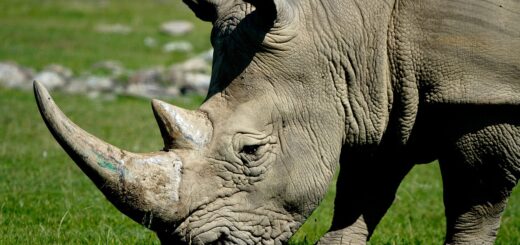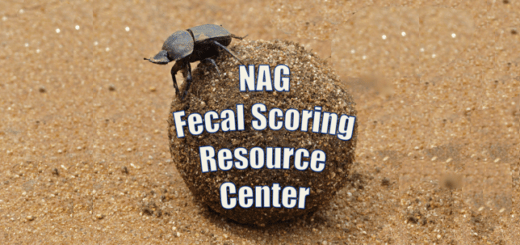Aquatic animal supplementation practices – survey results and recommendations
Citation
Mazzaro LM, Koutsos EA, Williams JJ. 2011. Aquatic animal supplementation practices – survey results and recommendations. In Ward A, Coslik A, Maslanka M, Eds. Proceedings of the Ninth Conference on Zoo and Wildlife Nutrition, AZA Nutrition Advisory Group, Kansas City, MO.
Abstract
Aquatic animals have been maintained under human care for centuries. Limitations in the variety of foods available to feed to these animals as well as the use of frozen/thawed diets make supplementation of some nutrients necessary. Limited research has been done on what vitamins or minerals are necessary and in what amounts. There are no standardized requirements or recommended daily allowances for any of these species. In the 1970’s and early 80’s Geraci comprehensively investigated thiamine and vitamin E deficiency under controlled situations and made recommendations for marine mammals based on the feeding practices in use at that time. Since then advances have been made in the way fish are caught, processed, stored, thawed and fed to animals. Additionally many facilities today have their rations analyzed for caloric content and base their diets on calories consumed instead of strictly on an as fed weight basis but vitamin supplementation practices often have not been modified to reflect these changes. An Aquatic Animal Nutritional Survey was distributed to zoos and aquariums worldwide focusing on marine mammals, penguins and sharks. Results were returned from over 70 facilities. The range of supplements being fed to aquatic animals is great and much of the variation is due to the manner in which supplements are being dosed to the animals. As an example using Geraci’s recommendations a beluga whale with at food intake of 25 kg per day would require 2500 IU vitamin E (100 IU/kg) and 825 mg thiamine (33 mg/kg). The survey data show the intake range for the example to be 0 to 87,000 IU vitamin A, 350 to 6735 IU vitamin E, 250 to 3590 mg thiamine and 0 to 3091 mg vitamin C. Many facilities have experienced cases of iron storage disease in both pinniped and cetacean species and vitamin C supplementation may add to their problems by increasing absorption of iron. Although over-supplementation of water soluble vitamins may be tolerated by these species, over-supplementation of some fat soluble vitamins is potentially harmful. Given the changes in fish handling practices, the ability to weigh animals more easily, the availability of proximate analyses for food fish and the survey results a review and simplification of our supplementation practices for aquatic animals is long overdue.
 12_Mazzaro.pdf 75 KB
12_Mazzaro.pdf 75 KB








